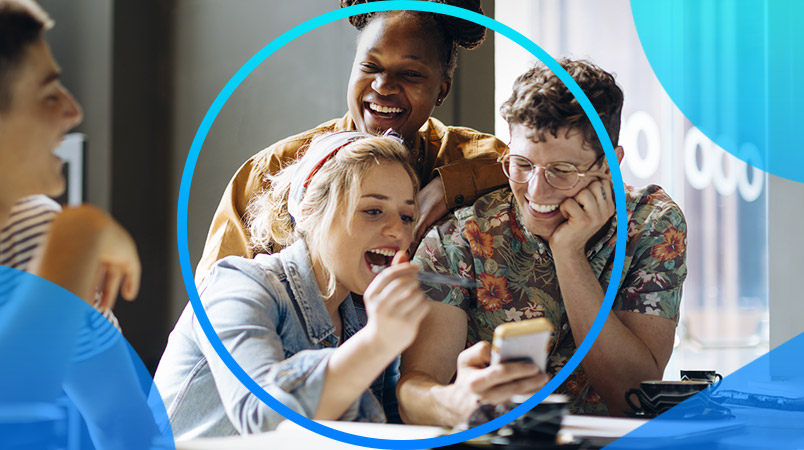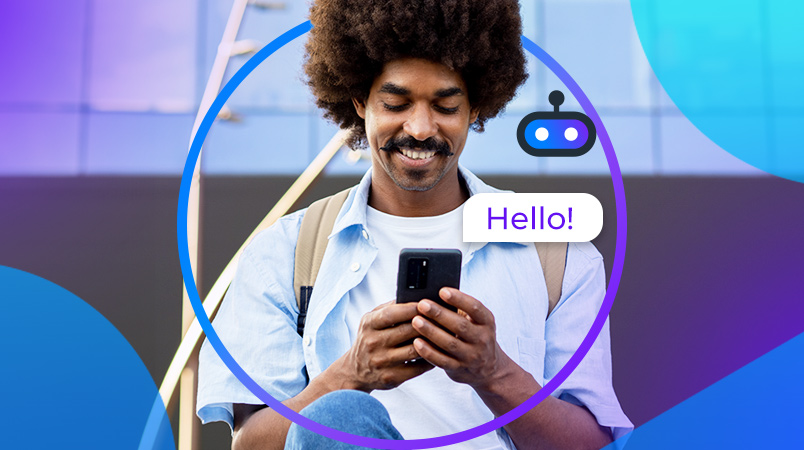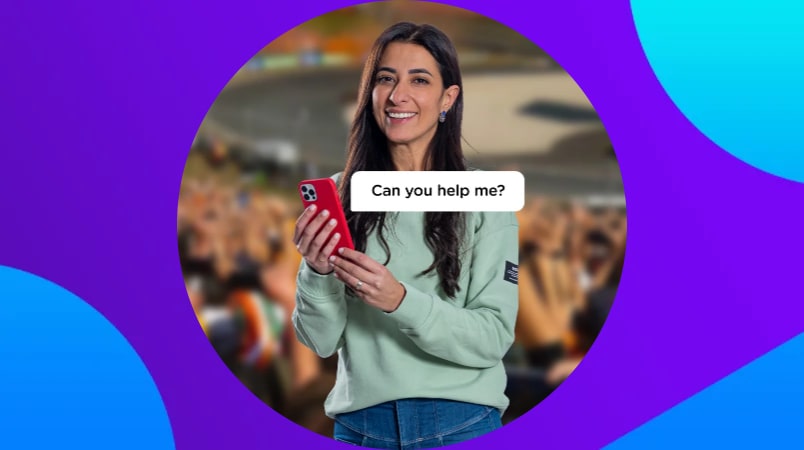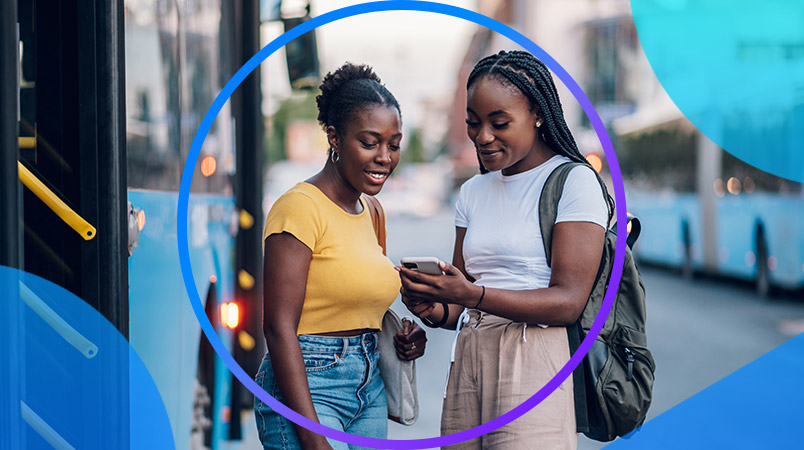With 90% of customers stating they will leave a brand following a bad experience, investing in CX should be a priority.
At CM.com we believe that a shift from a transactional to a relational focus is the best course of action.
This article will talk you through the difference between transactional and relational business, and the kind of shoppers that embody each type. We’ll also explore some great examples of a relational approach that you can apply to your business. Let’s begin.

What Is a Transactional Business Approach?
A transactional business focuses on the point of sale and getting the customer over the finish line. Only minimal contact is required after-sale or conversion. The deal is done.
How Do Transactional Shoppers Behave?
The transactional shopper focuses on finding the best price and value. While relational shoppers are more cautious, transactional shoppers are motivated by securing their dream bargain. They aren’t interested in forming a long-term relationship with a brand. They may not even buy from them again. This doesn’t mean they aren’t choosy. They are 100% focused on getting the right deal and happy to negotiate and shop around, in fact, they enjoy the haggling and the process of researching and comparing specs and prices.
Transactional shoppers respond well to exclusive offers and incentive-based promotions. They’ll be the ones first in the queue on Black Friday.
What Is a Relational Business Approach?
A relational business approach is all about establishing a long-term connection with the customer, which, in turn, leads to repeat sales and increased loyalty. Once the initial sale or conversion has happened, the brand will keep in regular contact with the customer, building rapport and encouraging advocacy.
How Do Relational Shoppers Behave?
Engaging and converting a relational shopper requires a soft approach. They need to be reassured before they are won over. They want to feel valued and part of a two-way conversation with people they trust and who understand them.
Relational shoppers don’t enjoy the buying experience in the way that transactional shoppers do. They don’t love the shopping process and worry about making the wrong choice and aligning themselves with a brand that doesn’t fit with their goals and values. Relational shoppers may require more time and effort to convert, but they are more likely to become repeat customers.
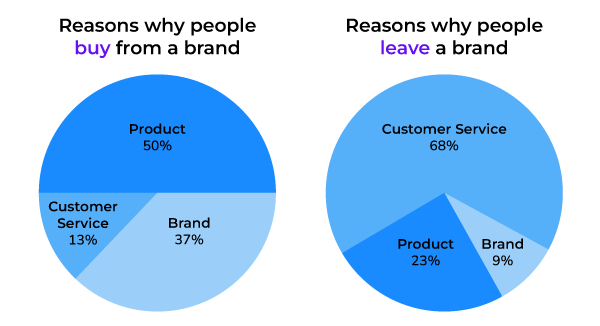
What Are the Benefits of a Relational Business Approach?
As you can see, the move to a relational business approach offers some interesting, and lucrative opportunities for brands. Here are some of the key benefits.
Get the edge on competitors and benefit from increased lifetime value from each customer, including opportunities for cross-selling and upselling.
Improved customer service.
Increased customer retention and loyalty.
Opportunities for creating advocates, getting great customer reviews, word of mouth recommendations, etc.
The ability to get to know your customer, offer more personalised service and meet their needs as they evolve.
Valuable customer insights that can drive better product development, improve the customer journey and build trust and commitment.
Great Examples of a Relational Business Approach
Sending a welcome email with a special offer following the initial sale or conversion.
Providing a customer experience that prioritizes adding value and developing meaningful relationships.
Developing a buyer journey that creates a better user experience such as facilitating social sign-ins, offering the choice of mobile wallets, or building a portal where all the customer information is centralised, secure, and accessible.
Providing self-service tools to help customers get information and support whenever they need it.
Offering added-value services at little or no extra charge. For example, free alterations services for clothing.
Delivering an onboarding program or providing a new customer with personalised resources.
Building a loyalty program based on their preferences.
Sending a newsletter with personalised content based on their interests.
Encouraging engagement and conversing with your community on their preferred social media platforms.
Celebrating milestones such as their first anniversary as a customer, or their birthday.
Asking customers to fill in a feedback survey or speaking to them directly to gauge how happy they are with your brand and what more you could do to help.



